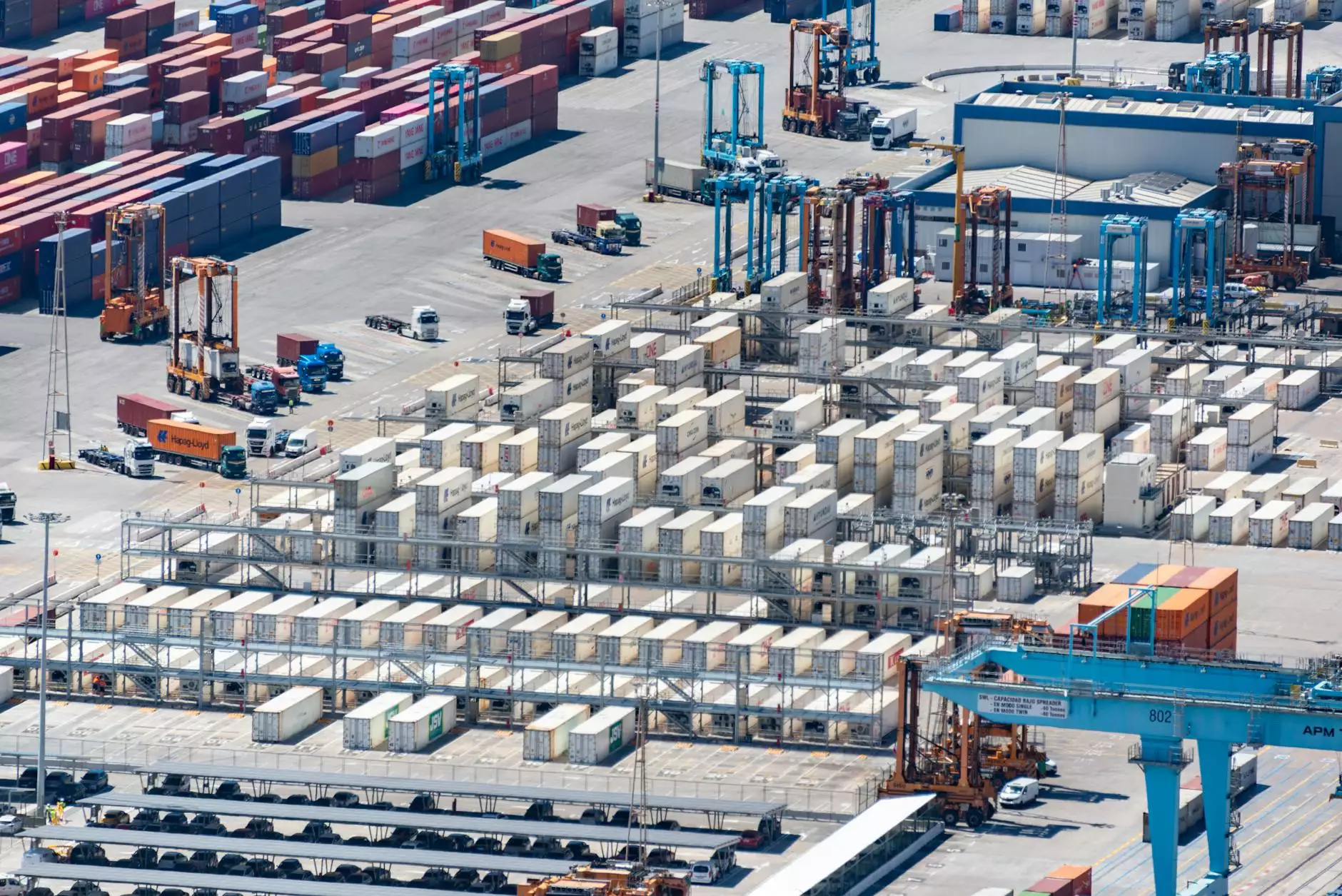Understanding Air Cargo Costs: A Comprehensive Guide

When it comes to logistics and supply chain management, air cargo costs represent a significant portion of a business’s overall transportation expenditure. Understanding these costs is crucial for optimizing shipping strategies and enhancing profitability. This article delves deep into the various components of air cargo costs, highlighting key factors, trends, and smart management techniques that can lead to significant savings.
What Are Air Cargo Costs?
Air cargo costs refer to the expenses associated with the transportation of goods via air freight services. These costs can vary greatly depending on multiple factors, including the type of goods being transported, distance, destination, and service level required. The primary components of air cargo costs typically include:
- Freight Charges: The basic cost charged by the carrier to transport goods from the origin to the destination.
- Fuel Surcharges: Additional fees added to cover fluctuations in fuel prices.
- Handling Fees: Costs related to loading, unloading, and storage of cargo at airports.
- Security Fees: Charges imposed for the necessary security checks of cargo before shipment.
- Customs Duties: Taxes imposed by governments on imported goods.
Factors Influencing Air Cargo Costs
Several factors contribute to the fluctuations in air cargo costs. Understanding these can help businesses effectively manage their shipping expenses.
1. Distance and Destination
The further the distance, the higher the shipping cost. Shipping cargo internationally typically incurs more costs due to regulatory requirements and customs procedures. This is particularly relevant for businesses that operate across borders.
2. Type of Cargo
The nature of the cargo significantly affects costs. For example, perishable goods require special handling and faster transit options, leading to increased expenses compared to non-perishable items. Hazardous materials also incur higher costs due to strict regulations and handling requirements.
3. Seasonality and Demand Fluctuations
Air cargo costs can rise during peak seasons when demand is high, such as the holiday season. Furthermore, increased fuel prices or geopolitical events may influence availability and costs.
4. Service Level
There are different service levels in air freight, from expedited shipping to standard delivery. Choosing a faster service will likely increase the overall costs. Companies need to balance their urgency with budget constraints.
5. Packaging Requirements
Effective and efficient packaging is essential. Robust packaging can reduce damage during transit, but if it increases the weight or size unnecessarily, it can lead to higher costs. Lightweight, space-saving packaging solutions can help keep air cargo costs down.
Breakdown of Air Cargo Costs
To further understand air cargo costs, let’s examine a more detailed breakdown of the various charges involved.
Freight Charges
The primary charge is the freight cost calculated based on the weight or volume of the shipment. Most carriers use either the Actual Weight or the Dimensional Weight (Dim Weight) to determine freight charges:
- Actual Weight: The weight of the package is directly measured.
- Dimensional Weight: Calculated based on the space the cargo occupies in relation to its weight (length x width x height/166).
Fuel Surcharges
A fuel surcharge is standard practice in the air freight industry. It fluctuates based on current fuel prices, which can change significantly. Customers should expect adjustments in fuel surcharges depending on market rates.
Handling Fees
Handling fees cover costs incurred by the carrier in loading and unloading cargo as well as storage during transit. These fees vary by airport and can also depend on the type or volume of cargo being transported.
Security Fees
With heightened security protocols in air travel, security fees ensure compliance with regulations. These fees cover the costs of screening and monitoring cargo before it is loaded onto a flight.
Customs Duties and Taxes
When shipping internationally, businesses must understand customs duties applied by receiving countries. These charges can significantly inflate final costs and should be calculated in advance to avoid surprises during shipment.
Tips for Reducing Air Cargo Costs
Smart management of air cargo costs can result in considerable savings. Here are some effective strategies:
1. Research and Compare Carriers
Different air freight carriers offer varying rates and services. Always compare costs and delivery times to find the best option for your needs. Establish relationships with multiple carriers to enhance your negotiation power.
2. Leverage Volume Discounts
Many carriers provide discounts for businesses that ship large quantities regularly. If your shipping volume is substantial, inquire about volume discounts that can lower your overall costs.
3. Optimize Packaging
As mentioned earlier, using efficient packaging can significantly minimize both weight and volume, which in turn can lower freight charges. Ensure that you're not over-packaging, which increases costs without providing real benefits.
4. Utilize Technology and Software
Invest in logistics software that helps you manage your shipments efficiently. It can help track costs and select the most cost-effective routes or carriers. Technology can improve logistics efficiency, reducing delays and expenses.
5. Plan Ahead
Last-minute shipments are often more expensive due to the urgent nature of the delivery. Planning your shipments ahead of time can allow for better rates and scheduling. Avoid peak seasons when air freight rates typically increase.
Future Trends Impacting Air Cargo Costs
The air freight industry is constantly evolving, influenced by new technologies and changing regulations. Here are some future trends that may impact air cargo costs:
1. Sustainability Initiatives
As environmental concerns rise, carriers are seeking greener operations. This may lead to increased costs initially, but efficiency improvements could ultimately reduce costs over time through better fuel economy and routing.
2. E-commerce Growth
The rise of e-commerce has transformed logistics, increasing demand for air cargo services. Companies that adapt their shipping strategies to accommodate faster delivery options may see changes in cost dynamics.
3. Technological Advancements
Innovations in logistics technology, such as AI and IoT, are set to streamline operations. These advancements can improve efficiency, potentially lowering operational costs, which in turn could reduce air cargo costs.
Conclusion
Understanding and managing air cargo costs is critical for any business engaged in shipping goods. By comprehending the various factors influencing these costs, utilizing effective management strategies, and keeping an eye on future trends, businesses can optimize their logistics strategies, improving their bottom line. This knowledge can empower companies to make informed decisions regarding their shipping needs and enhance competitive advantage in their respective industries. For comprehensive air cargo solutions, partnering with reliable providers like cargobooking.aero can ensure businesses leverage the most cost-effective and efficient air transport options available in today’s market.









